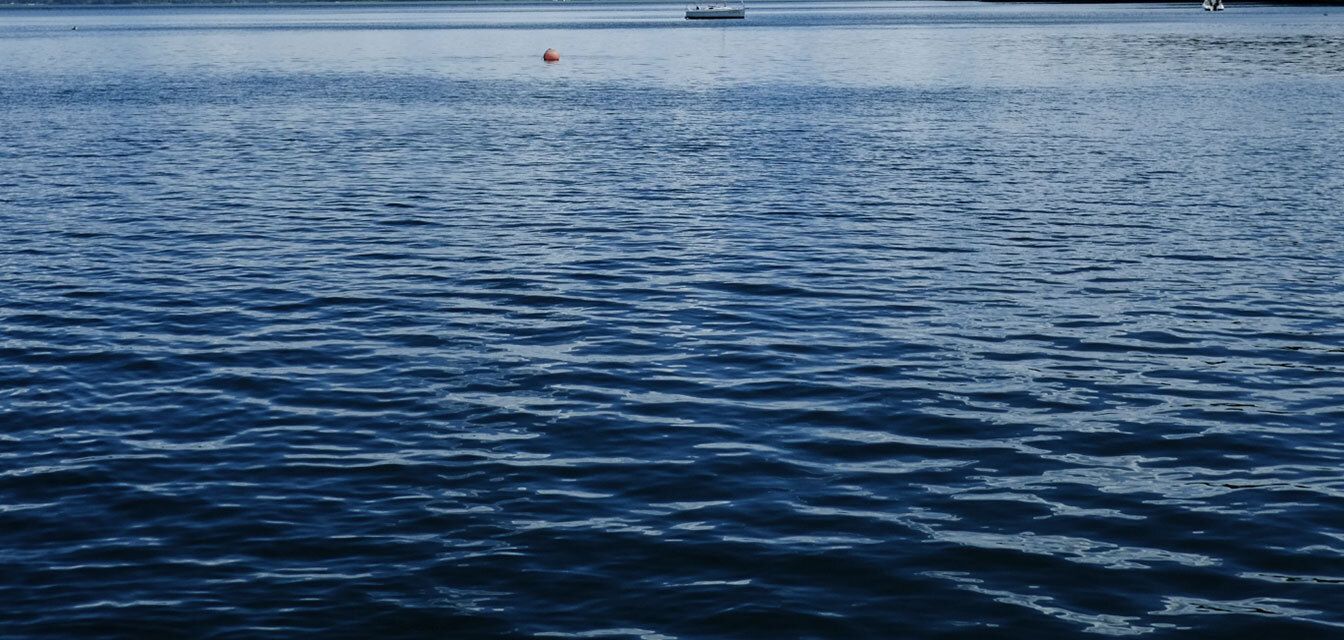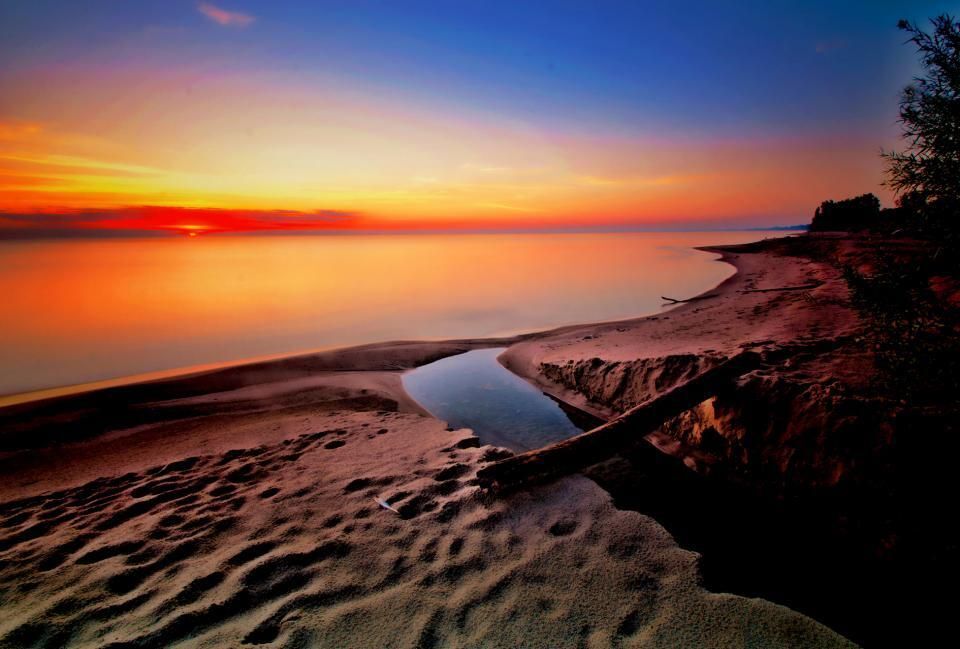Lake Erie Invasives
The Erie Canal was constructed in 1825 creating a species pathway from the Atlantic Ocean and the St. Lawrence River into Lake Ontario and the Great Lakes. For awhile Niagara Falls acted as a barrier to keeping the invasive from getting into Lake Erie. In 1829 the Welland Canal was constructed and enlarged in 1919 to link Lake Ontario to the upper Great Lakes. Then in 1959 the St. Lawrence Seaway opened creating an invasive pathway from around the globe.
Some invasive plants and animals entered the Great Lakes through the release of aquarium pets, fish aquaculture operations, bait bucket releases, intentional releases like the common carp that went awry.
The Asian Carp is a threat to Lake Erie.
Lake Erie’s Invasive Species
Lake Erie Common Reed/Phragmites
Controlling Phragmites – the Invasive plant we see along the highways and shorelines of Lake Erie is challenging. Phragmites looks like seagrass, but its root system is dense and snuffs out native cattails and reduces habitat for turtles, frogs and more.
Homeowners can control phragmites, according to the Michigan Department of Environmental Quality, by using an integrated pest management approach which includes an initial herbicide treatment followed by mechanical removal (e.g., cutting, mowing) and annual maintenance. For large areas with dense stands of phragmites, prescribed burning used after herbicide treatment can provide additional control and ecological benefits over mechanical removal. Early detection is key to preventing large dense stands and is also more cost-efficient. Permits may be required for phragmites treatment.
Pennsylvania phragmites control information
A Study of Phragmites in the Western Lake Erie Marshes
Additional sources of Lake Erie invasive information



